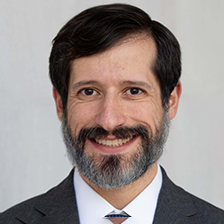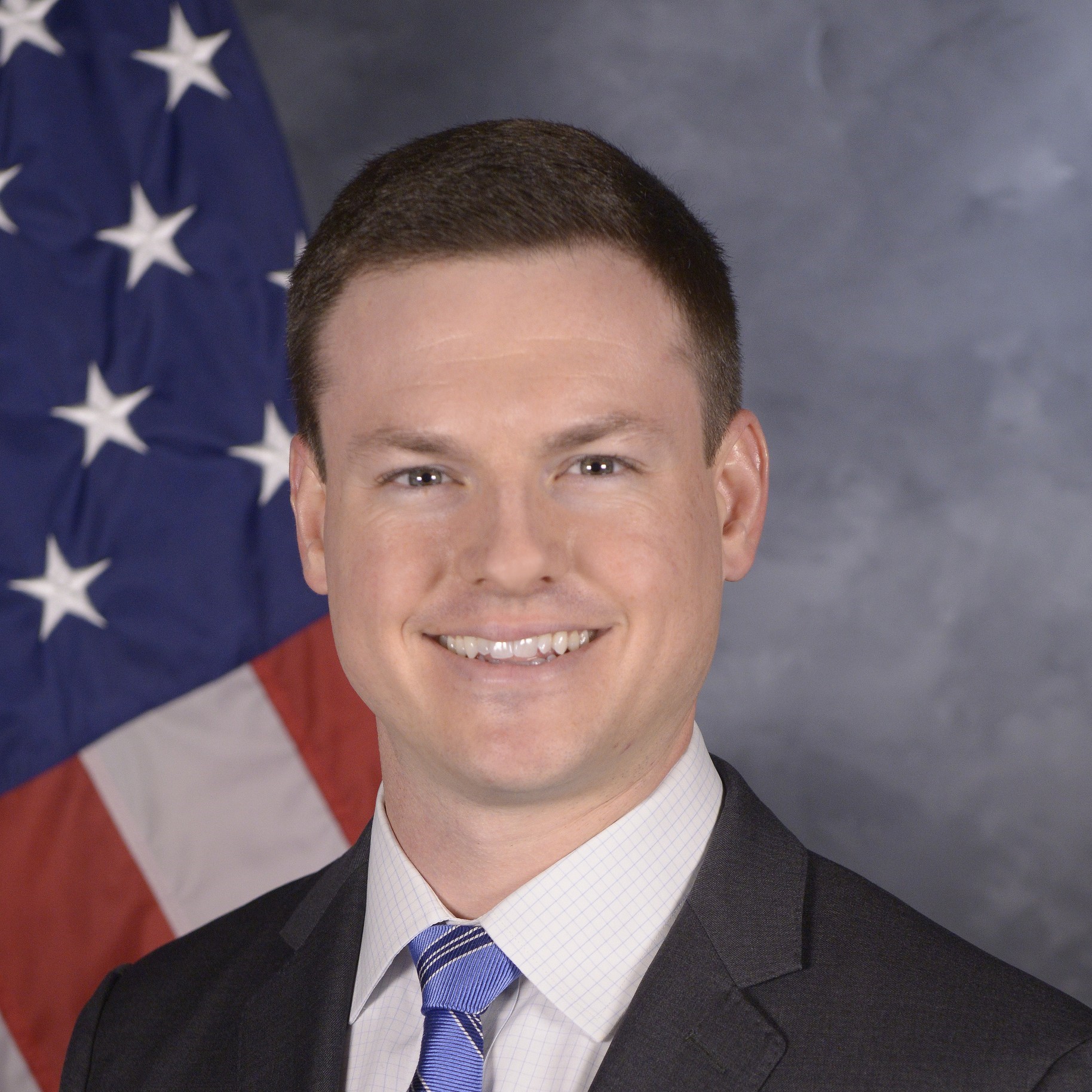The space economy needs a peaceful and predictable environment, and humanity needs powerful countries to make responsible choices. The threat of miscalculation is real.
Executive Summary
It is impossible to overstate the importance of space to the United States. For Americans, modern life depends on information from the thousands of satellites orbiting the globe, allowing people to do everything from navigating their cars by GPS to growing crops and managing inventory. Satellites are also essential to U.S. national security, enabling the United States to communicate with its military forces, gather intelligence, warn of a potential nuclear attack, and more.
Space is a strategic vulnerability. The United States has more strategic assets in space than any other country. Almost as important, dynamic American companies—particularly SpaceX—have revolutionized space, placing in orbit thousands of commercial satellites on which the U.S. economy increasingly depends. But other countries are following suit. China in particular is on track to have thousands of its own satellites in orbit in the not-too-distant future.
Further complicating matters, the space assets that the United States already has—mostly satellites, but also ground stations and modes of communication—are increasingly vulnerable now that China and Russia have developed the means to divert, disable, or destroy them. The methods include electronic warfare and jamming as well as direct-ascent anti-satellite (ASAT) missiles.1
Space is a strategic challenge. Space is becoming more congested by the year. Since 2018, the number of satellite payloads orbiting in low Earth orbit (LEO)—that is, objects below an altitude of 1,200 miles—has more than quadrupled.2 Then there is space debris—defunct objects or fragments of human-made materials. Over 40,000 items of space debris greater than 10 cm in diameter now orbit Earth at speeds of up to 18,000 miles per hour. This increase in space traffic and space debris makes collisions more likely. It also threatens the lives of astronauts on the International Space Station (ISS) and on the space stations being constructed by China and Russia. China, Russia, and the United States are the source of most of that debris and share an interest in avoiding collisions, but they are also wary of one another’s intentions.
Unlike aviation, shipping, and telecommunications, the space economy has no single international institution that can issue legally binding rules to address congestion risks. If the current moment were a period of tranquility among the great powers, it would be easier to develop rules to enhance the safety, security, and efficiency of human activity in space. The confluence of innovation in the commercial space economy, an increase in the number of countries with civil space programs, and ongoing geostrategic tensions make the task of developing globally accepted rules more complex, but also more necessary than ever.
Therefore, space is a strategic imperative. In the increasingly chaotic realm of space, the United States’ position is slipping. In 1957, the Soviet Union’s launch of the Sputnik satellite was a wakeup call, spurring the United States to assume a dominant role in space. Today, nearly seventy years later, the United States is in danger of losing that privileged position. In many ways, the country risks another Sputnik moment.
The United States needs to act now to address threats to space assets; champion space traffic management to support the growing space economy; and incorporate commercial perspectives into civilian and national security space policy.
Task Force Findings and Recommendations
Findings
The Task Force finds that:
- U.S. leadership in space is critical to U.S. national security, to U.S. global leadership, to U.S. hard and soft power, and to the security and prosperity of the American people.
- Space traffic management is crucial to the well-being of modern human societies. Actions taken—or not taken—now will shape human activity in space for decades. Without changes in how humans use space, the benefits of access to space could be lost to everyone.
- U.S. space assets are increasingly vulnerable to attacks by China, Russia, and other potential adversaries—attacks that could come from the ground, the air, or space itself.
- While the United States remains the leading space power across the civil, commercial, and national security realms, China is emerging as a peer competitor.
- Current international organizations and treaties are ill suited to the new realities of space activity, and no single multilateral body is designed to comprehensively manage space traffic.
- The expertise and perspective of the private sector and other nonstate actors is critical to effective space traffic management.
- In an era of increased competition in space, the United States may not always be the first to reach new destinations in space. Therefore, the United States benefits from the principle in the Outer Space Treaty that outer space “is not subject to national appropriation by claim of sovereignty.”
Recommendations
The Task Force recommends that the administration:
- Make space a top national priority. U.S. President Donald Trump should demonstrate this commitment by convening a space summit in the first year of his administration and reassessing priorities to include whether to declare key space systems to be “critical infrastructure.”
- Revitalize American international leadership in space. The president should instruct relevant cabinet officers that the United States is to lead the world in space and make this a personal priority as well. The president should structure the National Security Council staff to support the president in this role and the national effort to lead in space. The National Space Council, formed under the first Trump administration, could be utilized.
- Fix the vulnerability problem and enhance deterrence. To do so, the president should consider a number of steps, including enhancing domain awareness, proliferating and widely distributing space assets to increase their resiliency, hardening space assets against various modes of attack, providing space assets with defensive capabilities, and developing replacement assets that can be deployed quickly when needed. To develop such options, the president should launch a space vulnerability, remediation, and deterrence assessment that includes participation by the Department of Defense, the intelligence community, private sector space companies, and representatives of civil space organizations and academic institutions, among other groups.
- Sharpen policy on China and seek strategic engagement on hotline issues. Along with its measures to compete successfully with China in space, protect U.S. space assets from disablement or destruction by China, and deter China from undertaking such actions, the U.S. government should conduct a targeted space-related engagement with China on “hotline” communications, space traffic management, and the rescue of spacefarers in distress. The Trump administration should work with Congress to enact any necessary additional legislation or changes in existing legislation required to facilitate this effort.
- Build on existing international regimes to improve space traffic management. This effort should involve developing “rules of the road” to deconflict space activities, avoid collisions and other accidents, and mitigate risk from space debris. And it should involve U.S. allies, partners, and even adversaries. This system would draw upon existing international entities, including the UN Office for Outer Space Affairs (UNOOSA) and the International Telecommunication Union (ITU).
- Incorporate the commercial sector and other relevant nonstate actors. The United States should lead efforts with its partners to establish a regularly scheduled forum or advisory group that channels expertise from the commercial sector, civil society, and academia into the deliberations of international organizations responsible for managing space traffic and into related diplomatic efforts. In addition, along with the United States, spacefaring states should create an international “companion” group that connects private sector and nongovernmental organizations to UNOOSA and the ITU.
- Treat space as global commons. Space should not be subject to national territorial claims but rather remain open to all nations. The United States should make clear that it treats space as the common inheritance of all humanity and encourage other states to do so as well. To that end, the United States should urge all countries to sign and ratify the 1967 Outer Space Treaty.
- 1
FY25 Strategic Forces Posture: Before the Subcommittee on Strategic Forces, 118th Cong., 2nd sess. (March 21, 2024) (statement of John F. Plumb, assistant secretary of defense for space policy), https://armedservices.house.gov/calendar/eventsingle.aspx?EventID=3554.
- 2
European Space Agency, “ESA Annual Space Environment Report,” May 2018 and July 2024. The report shows 2,673 satellite payloads in LEO in 2018 and 11,266 in 2024.
At a Glance
Adding to the congestion is the rise in space debris, driven significantly by three recent events. In 2007, an
About the Task Force
Lieutenant General, USSF, Ret.
Former U.S. Congresswoman
James H. Binger Senior Fellow in Global Governance, CFR
Managing Director, Task Force Program, CFR
Task Force Members
-
 Nina M. Armagno Lieutenant General, USSF, Ret.
Nina M. Armagno Lieutenant General, USSF, Ret. -
Charles F. Bolden Jr. The Charles F. Bolden Group
-
Esther D. Brimmer Council on Foreign Relations
-
Laetitia de Cayeux Global Space Ventures
-
Phaedra Chrousos Libra Group
-
Mai'a K. Davis Cross Northeastern University
-
Laura DeNardis Georgetown University
-
Charles Duelfer Independent Consultant
-
Celeste V. Ford Stellar Solutions, Inc.
-
Stephen J. Hadley Former National Security Advisor
-
Jane Harman (co-chair) Former U.S. Congresswoman
-
Kay Bailey Hutchison* Former U.S. Ambassador to NATO
*Individual has endorsed the report and signed a concurring opinion.
-
Rob Meyerson Interlune
-
Robert B. Millard Massachusetts Institute of Technology
-
Chris Morales Point72 Ventures
-
Jamie Morin The Aerospace Corporation
-
Saadia M. Pekkanen University of Washington
-
Audrey M. Schaffer Slingshot Aerospace
-
Benjamin L. Schmitt University of Pennsylvania
-
Jonathan Spalter USTelecom
-
Kathryn D. Sullivan The Potomac Institute for Policy Studies
-
Ezinne Uzo-Okoro Harvard University
-
Samuel S. Visner Space Information Sharing and Analysis Center
Observers
-
 Laura Delgado Lopez NASA
Laura Delgado Lopez NASA -
 Kat Duffy Council on Foreign Relations
Kat Duffy Council on Foreign Relations -
 Liana Fix Council on Foreign Relations
Liana Fix Council on Foreign Relations -
 Rachel Lindbergh Congressional Research Service
Rachel Lindbergh Congressional Research Service -
 Zongyuan Zoe Liu Council on Foreign Relations
Zongyuan Zoe Liu Council on Foreign Relations -
 Manjari Chatterjee Miller Council on Foreign Relations
Manjari Chatterjee Miller Council on Foreign Relations
-
 Ryan Pettit U.S. Senate
Ryan Pettit U.S. Senate -
 Matthew Pylypciw U.S. House of Representatives
Matthew Pylypciw U.S. House of Representatives -
 Anya Schmemann Council on Foreign Relations
Anya Schmemann Council on Foreign Relations -
 Sheila A. Smith Council on Foreign Relations
Sheila A. Smith Council on Foreign Relations -
 Mike Wakefield U.S. Senate
Mike Wakefield U.S. Senate